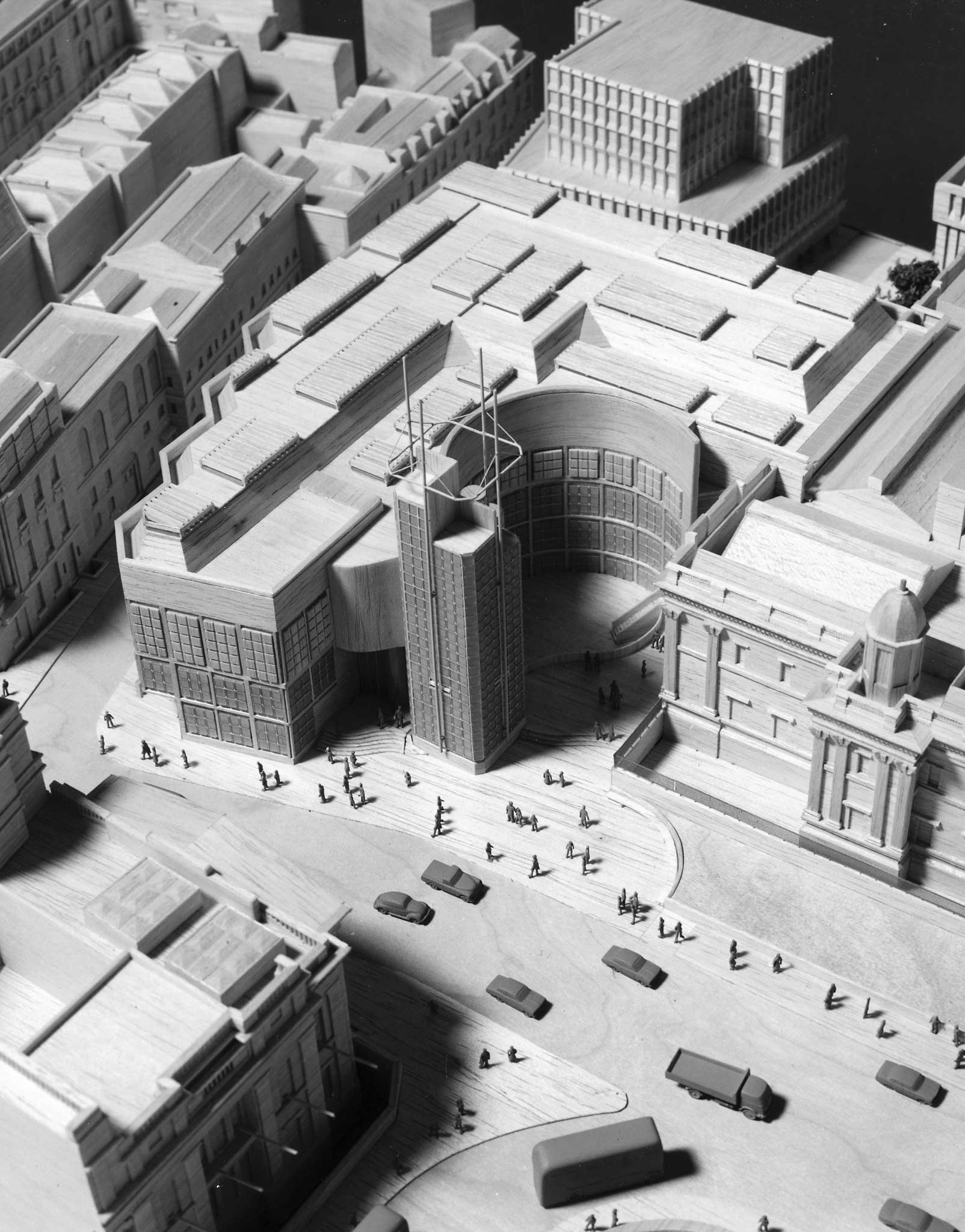Rhodri Marsden's Interesting Objects: The monstrous carbuncle

Your support helps us to tell the story
From reproductive rights to climate change to Big Tech, The Independent is on the ground when the story is developing. Whether it's investigating the financials of Elon Musk's pro-Trump PAC or producing our latest documentary, 'The A Word', which shines a light on the American women fighting for reproductive rights, we know how important it is to parse out the facts from the messaging.
At such a critical moment in US history, we need reporters on the ground. Your donation allows us to keep sending journalists to speak to both sides of the story.
The Independent is trusted by Americans across the entire political spectrum. And unlike many other quality news outlets, we choose not to lock Americans out of our reporting and analysis with paywalls. We believe quality journalism should be available to everyone, paid for by those who can afford it.
Your support makes all the difference.* Thirty years ago this morning, Britain began its relationship with the phrase "monstrous carbuncle". The previous night, Prince Charles had delivered a speech at Hampton Court Palace to commemorate the 150th anniversary of the Royal Institute of British Architects (RIBA). He seized the opportunity to compare the proposed extension to the National Gallery to what Webster's describes as "a very painful acute local inflammation of subcutaneous tissue".
* The "monstrous carbuncle" itself was meant to occupy space that had been vacant since Hampton's department store was flattened by a bomb in 1940. It was designed by Ahrends, Burton & Koralek, and was submitted along with 78 other entries as part of a competition. Following an exhibition of the designs, ABK made a shortlist of seven – along with Richard Rogers, who later explained the inherent problem. "Thatcher insisted that the extension be paid for by private development," he said. "A commercial building had to fit on the site." ABK's vision included a 92-foot glass tower of offices.
* ABK was announced as the winner in October 1982 on the condition that changes were made to its design, but they nevertheless felt that the firm "had the best chance of designing a successful building". The new design was given the green light – but Charles turned it red. The following year a new, closed competition was launched with an office-less brief, thanks largely to a £50m donation from the Sainsbury family. The winner, by Robert Venturi, opened in 1991.
* Shortly after Charles's speech, Peter Ahrends invited him to ABK's office to discuss, among other things, the monstrous carbuncle. In an interview with the Islington Tribune, Ahrends recalled Charles saying, as he left, "I'm sorry it had to be you".
Join our commenting forum
Join thought-provoking conversations, follow other Independent readers and see their replies
Comments